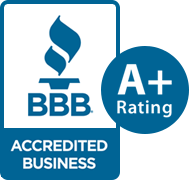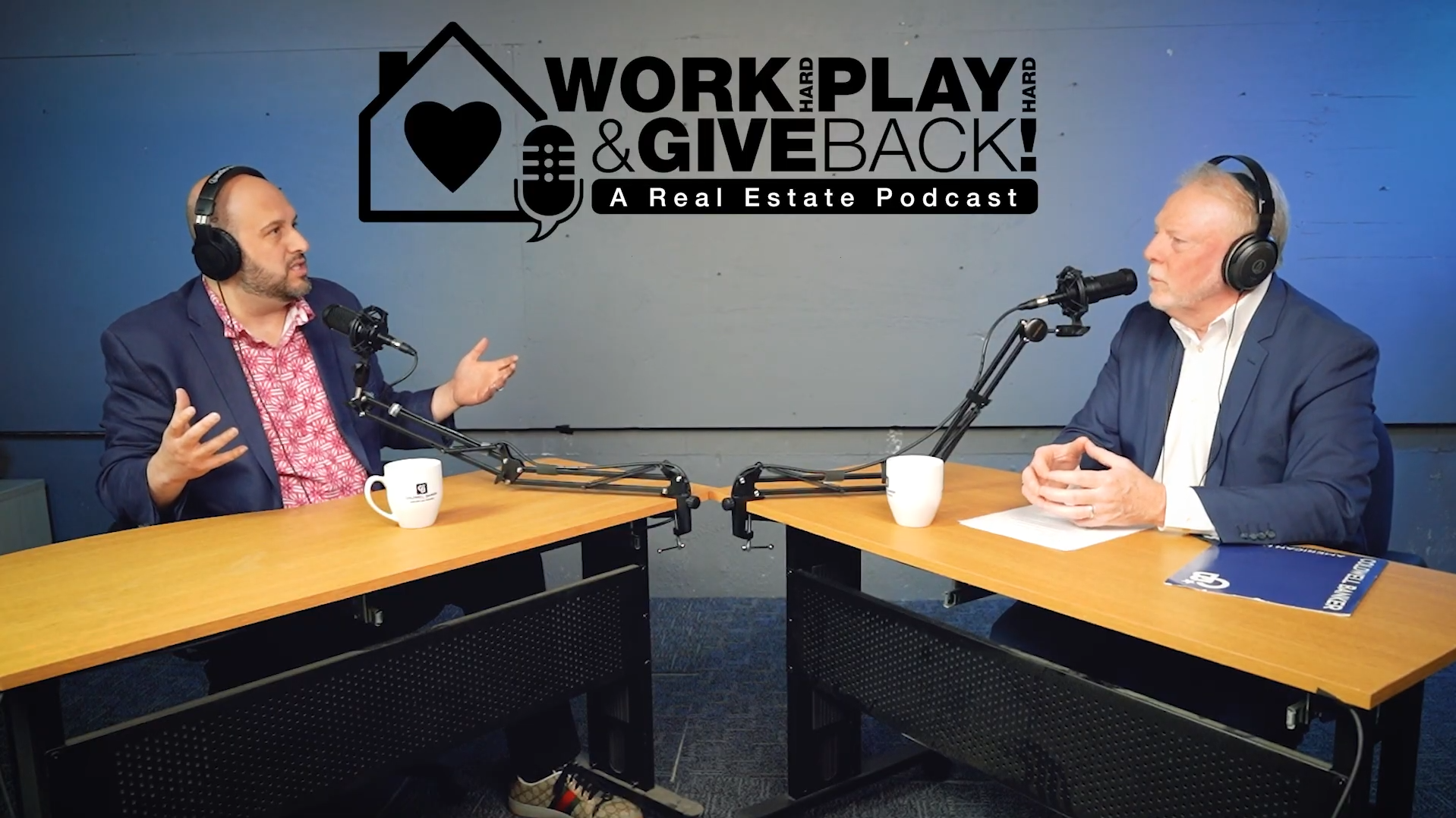When it comes to evaluating commercial real estate investments, perhaps no metric is more fundamental yet frequently misunderstood than the capitalization rate, or “cap rate.” While residential investors typically focus on comparable sales, commercial real estate professionals know that a property’s value is primarily driven by its income potential.
The Real Estate School of New York State recently interviewed Tony Bujulo, lead broker at Coldwell Banker Commercial AMH, on our “Work Hard Play Hard and Give Back Real Estate Podcast.” Drawing from his extensive experience in the Long Island commercial market, Tony provided valuable insights into how cap rates work and why they’re crucial for investment decisions.
What Is a Cap Rate?
Simply put, a cap rate is the rate of return an investor can expect based on a property’s net operating income. As Tony explains:
“The cap rate is the driving force of when you’re going to get your money back on your investment. So cap rate goes by net operating income and area.”
The formula for calculating a cap rate is straightforward:
Cap Rate = Net Operating Income (NOI) ÷ Purchase Price × 100%
For example, if a property generates $100,000 in annual NOI and sells for $1.4 million, the cap rate would be 7.1%.
Cap rates are the preferred valuation method in commercial real estate because they directly reflect a property’s ability to generate income relative to its cost. While residential properties are often valued based on comparable sales, the unique nature of commercial properties makes income-based valuation more reliable.
“In the worst case scenario, commercial real estate, they don’t really care about comps,” Tony notes. “They care about what the property is generating, and that is 95% of why a person would buy a commercial property.”
How Location Impacts Cap Rates
One of the most significant factors affecting cap rates is location. According to Tony, there are dramatic differences between cap rates in different markets:
“If you’re going to buy a property right in the middle of Manhattan, it’s going to be, let’s just call it a 2 and a half to three cap. If you’re going to come out on Long Island, Long Island’s going to be a 6-2 to 7-2 cap rate, which would be a much less expensive property.”
This regional variation exists because prime locations are expected to appreciate more over time and carry less risk. Investors are willing to accept lower immediate returns (lower cap rates) in exchange for these benefits.
Tony provides an even broader comparison: “Somewhere in California on a main strip like where the Chinese Theater is would probably be a lower cap rate, which would be a higher selling price than somewhere that would be in a depressed area like Wisconsin or Cleveland, Ohio would have a much higher cap rate, which would be 8, 9, 10, 12%. So the prices would be much lower.”
For Long Island investors, understanding this range is crucial. The typical 6-7% cap rates in the region represent a middle ground between the ultra-low cap rates of Manhattan and the higher rates found in less economically robust areas.
Cap Rates Across Different Property Types
Cap rates don’t just vary by location—they also differ significantly across property types. Based on Tony’s expertise, here’s how various commercial properties on Long Island typically perform:
Shopping Centers
Shopping centers currently represent one of the strongest investment opportunities. Tony is particularly enthusiastic about their potential:
“Shopping centers are on fire because national tenants pay even when they move out,” he explains. “So you can’t get a national tenant without a shopping center. I mean, you could have a standalone building, a Burger King, a McDonald’s, whatever, Taco Bell, but shopping centers are probably the best investment you can make.”
The advantage of national tenants is their reliability. Tony shares a surprising insight: “We’ve sold many Dollar Generals that have been out of business for two or three years, and Dollar General is still paying rent.”
Shopping centers with multiple national tenants typically command cap rates on the lower end of the Long Island range, reflecting their stability and lower risk profile.
Triple Net Properties
Properties with triple net leases deserve special attention. Under these arrangements, tenants handle property taxes, insurance, and maintenance costs, creating a truly passive investment.
As Tony puts it: “You don’t have to worry about property, you don’t have to worry about fixing trees, you don’t have to worry about the electric going out. You just collect your check.”
Triple net properties with creditworthy tenants often sell at lower cap rates due to their reduced management requirements and income reliability.
Gas Stations and Specialty Properties
Some commercial properties don’t follow standard cap rate calculations. As Tony explains:
“Hotels and motels don’t work on a cap rate. They work on 3-1/2 to 4-1/2 times the gross of the operation. So certain properties work on gross, like gas stations. As long as the owner is running the business, it goes by gross. If he’s selling the business because he has a tenant, then it goes by cap rate. Big difference.”
This distinction highlights why working with a specialized commercial broker is essential when evaluating specialty properties.
Beyond the Cap Rate: Other Factors to Consider
While cap rates provide a useful starting point, savvy investors consider additional factors that impact a property’s value and risk profile.
Net Operating Income (NOI)
The net operating income is the foundation of cap rate calculations and deserves careful scrutiny. Tony emphasizes its importance:
“What’s really the driver in the purchase of any commercial property? The net operating income and the area.”
He illustrates this with a compelling example: “If I would say to you, Mike, I have a property in Mastic, or I have a property in Dix Hills, or a property in Longwood, and one of the properties makes $3 million net operating income per year, do you really care where it’s at when the other ones only make a million, if they’re all the same price?”
When evaluating NOI, consider:
- Expense ratios (are they in line with market standards?)
- Income stability (how consistent is the revenue?)
- Potential for NOI growth through rent increases or expense reductions
Lease Terms and Tenant Quality
The strength of existing leases significantly impacts a property’s risk profile. Tony shares a revealing example:
“We recently looked at an office building that was 70% rented, but all 70% were coming up at the end of 2025. For an investor, he’s not going to pay up for that property because he could be left with zero.”
The clustering of lease expirations created such risk that “that particular gentleman wanted 11 million for his property, and he’s willing to go down to 7.5 in a matter of seconds.”
Key lease factors to evaluate include:
- Remaining lease term
- Tenant credit quality
- Renewal options
- Rent escalation clauses
- Historical tenant retention
Occupancy Rates and Market Dynamics
Current occupancy affects both immediate returns and risk assessment. Tony explains how this can override size considerations:
“You could have 110,000 foot building that’s only 22% rented, and I have a 10,000 square foot that’s 100% rented but yet has a long list of people waiting to get in because of where it’s at and the desire of the building and the reputation of the building.”

Using Cap Rates to Make Investment Decisions
For Long Island commercial real estate investors, cap rates serve as a valuable tool for comparing opportunities and assessing value. Here’s how to apply cap rate analysis to your investment decisions:
When to Accept a Lower Cap Rate
Lower cap rates (and thus higher prices relative to income) might be justified when:
- The property is in a prime Long Island location with limited new supply
- There’s significant potential for rent growth
- The tenant quality is exceptional (e.g., national credit tenants with long leases)
- The property condition is excellent, requiring minimal capital expenditures
When to Look for Higher Cap Rates
Higher cap rates typically indicate higher risk but better immediate cash flow. They might be appropriate when:
- The location is in a developing area of Long Island
- The property requires significant improvements
- Tenant quality is mixed or leases are shorter-term
- You’re seeking higher immediate cash returns
Factoring in Interest Rates
Interest rates significantly impact commercial real estate investments. Tony describes how they’ve affected the market:
“The battle between buyer and seller has been real strong for the last two years, not including 2025, but 2024 and 2023, because when the rate went up, the sellers obviously wanted their price, and the buyer said, ‘Well, that’s insane. I’m not going to pay full price if I have a big interest rate.'”
As a rule of thumb, investors typically want a “spread” between their cap rate and their financing cost. When interest rates rise, buyers often seek higher cap rates to maintain this spread, putting downward pressure on prices.
SBA Financing: A Strategic Option for Cap Rate Enhancement
For owner-occupants, SBA financing can dramatically improve investment returns. Tony highlights its advantages:
“Today in 2025, SBA loans are very, very popular, and you can get a lot of money for a very low interest rate comparable to a normal interest rate.”
Key benefits include:
- Lower interest rates (typically 1-2 points below conventional financing)
- Higher loan-to-value ratios (80-85% common, up to 90% possible)
- Longer amortization periods
The main requirement is that the property must be at least 51% owner-occupied. While SBA loans require more paperwork and take longer to process (up to 60 days compared to 15-25 days for conventional financing), the benefits often justify the wait.
Conclusion
Cap rates serve as the fundamental metric for evaluating commercial real estate investments on Long Island. By understanding how cap rates work and what factors influence them, investors can make more informed decisions about property values and investment opportunities.
As Tony Bujulo emphasizes throughout his interview, commercial real estate is fundamentally about numbers rather than emotions. “People aren’t emotional about a brick building, multifamily, a warehouse, industrial,” he notes. “They buy a hotel or motel, and they just want to know what the property earns. Property earns, they want to buy it.”
By mastering cap rate analysis and considering the broader market factors that influence commercial property values on Long Island, investors can identify opportunities that align with their financial goals and risk tolerance.
This article draws from insights shared by Tony Bujulo, lead broker at Coldwell Banker Commercial AMH, during his appearance on The Real Estate School of New York State’s “Work Hard Play Hard and Give Back Real Estate Podcast” with host Mike Litzner.
Join Our Students Enjoying A RESNYS Education now
Become Part of the Real Estate School of New York State to Further Your Career.














